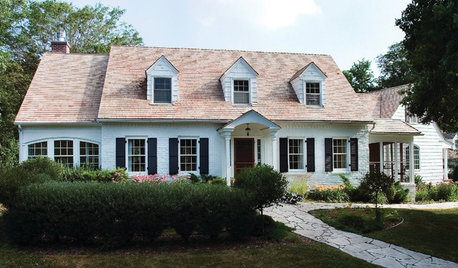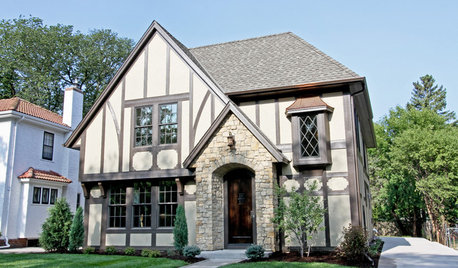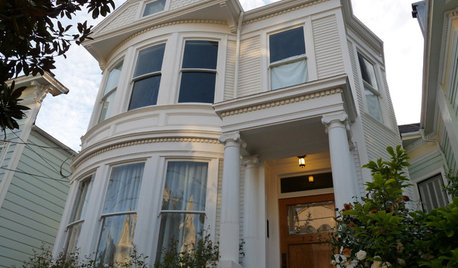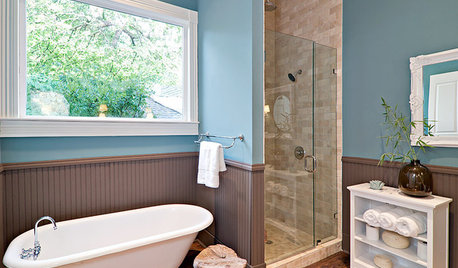Correcting roots without digging up tree
lone_elm_z6
7 years ago
last modified: 7 years ago
Related Stories

GARDENING AND LANDSCAPINGHow to Make a Pond
You can make an outdoor fish paradise of your own, for less than you might think. But you'll need this expert design wisdom
Full Story
GARDENING GUIDESGarden Myths to Debunk as You Dig This Fall and Rest Over Winter
Termites hate wood mulch, don’t amend soil for trees, avoid gravel in planters — and more nuggets of garden wisdom
Full Story
TRADITIONAL ARCHITECTURERoots of Style: Georgian Homes Offer Familiarity Through the Ages
Americans have been embracing this interpretation of classical architecture since the 1700s. Does your home show off any Georgian details?
Full Story
GARDENING GUIDESHow to Keep Your Trees Healthy
Ensure your trees’ vigor for years to come with these tips for protecting roots, watering effectively and more
Full Story
ROOTS OF STYLERoots of Style: The Indelible Charm of American Tudors
Rich details and an intimate scale give this English-inspired architectural style memorable character and flexibilty
Full Story
LIFE6 Ways to Cool Off Without Air Conditioning
These methods can reduce temperatures in the home and save on energy bills
Full Story
ARCHITECTURERoots of Style: Queen Anne Homes Present Regal Details
Complex facades with bay windows, multiple shingle patterns and even towers make these Victorian-era homes a sight to behold
Full Story
GARDENING GUIDESThe Beauty of Bare-Root Plants
Plant dormant trees and shrubs in fall using the easy, affordable bare-root method and enjoy beautiful results in spring
Full Story
4 Easy Ways to Renew Your Bathroom Without Remodeling
Take your bathroom from drab to fab without getting out the sledgehammer or racking up lots of charges
Full Story
LIFEHow to Make Your House a Haven Without Changing a Thing
Hung up on 'perfect' aesthetics? You may be missing out on what gives a home real meaning
Full Story







ken_adrian Adrian MI cold Z5
lone_elm_z6Original Author
Related Professionals
Saint Charles Landscape Architects & Landscape Designers · Seabrook Landscape Architects & Landscape Designers · Westwood Landscape Contractors · Concord Landscape Contractors · Battle Ground Landscape Contractors · Mequon Landscape Contractors · Morrisville Landscape Contractors · Chesterfield Siding & Exteriors · Panama City Siding & Exteriors · Shoreline Siding & Exteriors · Dearborn Decks, Patios & Outdoor Enclosures · Hockessin Decks, Patios & Outdoor Enclosures · Kernersville Decks, Patios & Outdoor Enclosures · Pueblo West Decks, Patios & Outdoor Enclosures · West Chicago Decks, Patios & Outdoor Enclosuresedlincoln
wisconsitom
bengz6westmd
lone_elm_z6Original Author
wisconsitom